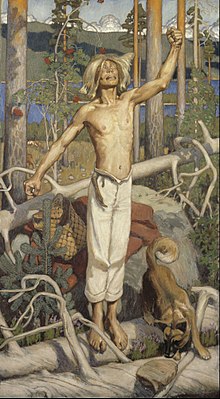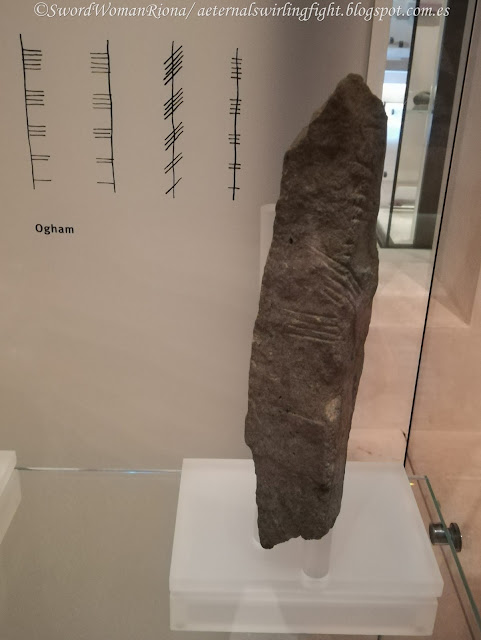As a sword-fighter, archer, Amazon feminist and warrior-woman enthusiast, warrior women and realistic female armour has always been one of my favourite topics to discuss and I've been wanting to start a series here for ages, analysing and commenting on the outfits warrior/action women wear and the way they are depicted in media such as TV series, movies and comic books (the latter is nothing less than a bleak territory for realistic armour and non-sexualized warrior women, so I guess I'll be having tons of fun with those :S). The main issues these posts will tackle are:
- What is the level of realism and practicality of this armour/outfit? Is she portrayed in non-sexualized, active poses?
- What is the level of objectification/sexualization of the armour? This translates in lack of mobility, realism and practicality in many ways. Is there male gaze involved in the way the warrior woman is portrayed? How about the poses and gestures?
- Double standards - How are the male warriors portrayed in contrast to the women? Do they also wear impractical and/or sexualized armour/outfits, or are they wearing practical, realistic armour?
- Other issues sometimes also discussed - Is the warrior woman a token female warrior, or is there more representation in the series/movie/comic? Another kinds of representation (ethnicity/race, age, sexual orientation, etc)? Is she a 2D 'strong woman' character with little depth, plot and/or development? Is her main function that of a love interest to a male character? Does she evolve from a 'strong' warrior woman to a more traditionally 'feminine' role, especially when romance is involved in the plot?
- Also going to comment on unrealistic outfits for female characters who are not warrior or action women, but who find themselves in the midst of action scenes which involve running, for example (and you can't do that very easily in heels or tube skirts, for example).
- General feminist rambles about the characters will sometimes also feature.
- Number of warrior women: 2 - Lady Sif and Frigga (minor appearance of her warrior aspect) (Sif will have her own post)
- Frigga
- Armour/outfit analysis

- Representation: (Consort) queen with a warlike aspect. Middle-aged warrior woman (which is always really nice to see represented).
- Female bonding/Bechdel with other (warrior) women: Briefly talks with Lady Sif at the end of the movie.
- Token warrior woman? Well, even though one could think that Asgardian warrior women wouldn't be out of the norm, Frigga is isolated, alongside Sif, among an ocean of male warriors in both Thor I and II.
- Love interest/catering to men as main plot function? She fulfills the role of the queen consort, wife and mother in this movie, and most of her screen time in this movie shows her taking care of her comatose husband Odin, so unfortunately yes :S.
- Other: Her warrior abilities seem kinda underused and underwhelming in this movie in order to give her sons more space for action and 'saving the day' scenes :S
Frigga is such an interesting, badass female character, following the archetype of the powerful warrior-queen goddess figure, that it seems a shame to relegate her to traditional roles of consort, wife and mother (this happens a lot, though, both in mythology and real life :/). I'm not saying women with children and/or in a relationship cannot be interesting and badass (I mean, look at Lagertha and many other women), but it'd be nice to see more of them have plot points that don't revolve mainly around men, and to see them being less relegated to traditional gender roles and having a more equal relationship with their partners (Frigga going with Odin into battle in the intro of the movie, for example, and/or going to Jotunheim to rescue Thor an Co. alongside Odin, would've been a nice way to showcase her warrior aspect more, as well as a more egalitarian partnership) - Also, Frigga is to me way more interesting than Odin - Intelligent, capable, badass, kind...you name it. Also definitely the better parent and the one who actually cared about giving affection - and skills - to her sons, especially regarding Loki; but thanks to patriarchy all her sons are primarily supposed to care about is their (shitty) father's approval. Even Frigga is brainwashed about this and insists that their sons 'make their father proud' even though the only thing their father seems to do for them is to give them massive daddy issues :S. So it's pretty unfair to see her take a secondary place in the shadow of her (morally shady and shitty father) husband (does it show that I really don't like Odin xDD?).






























































